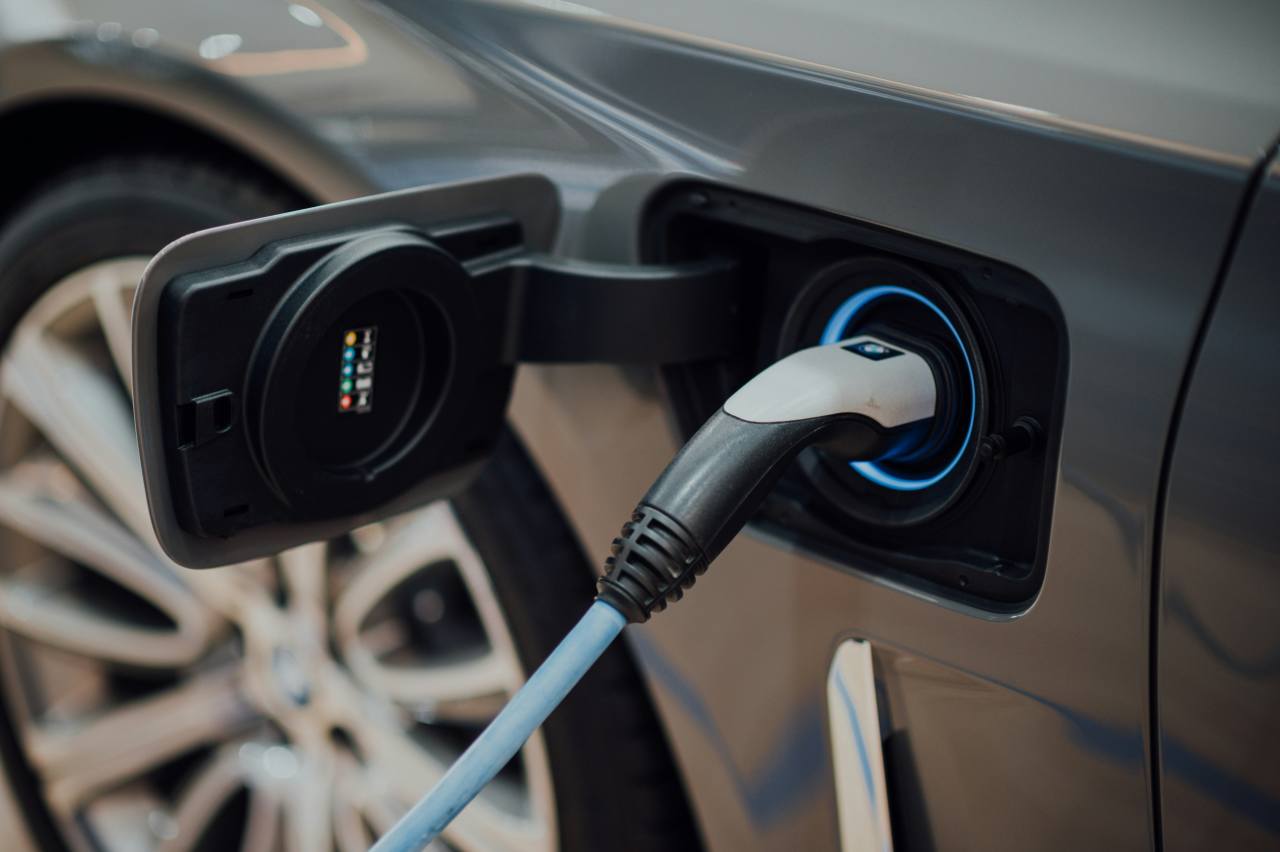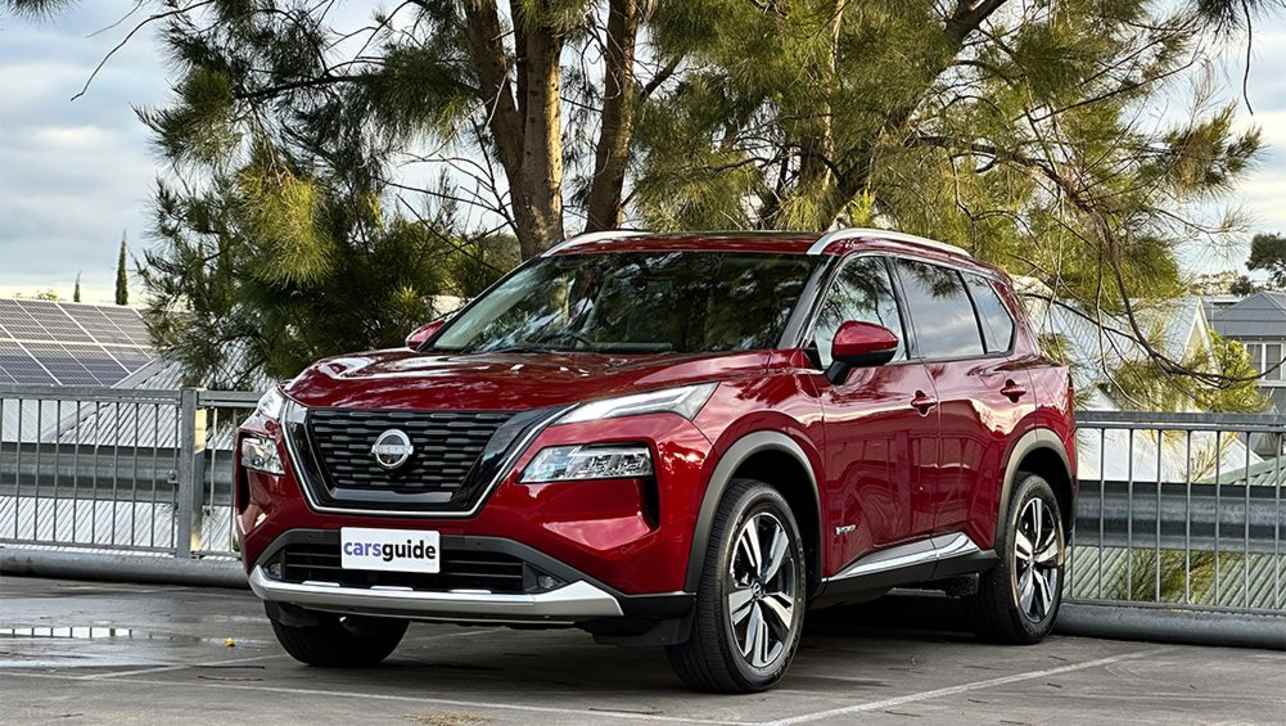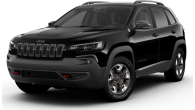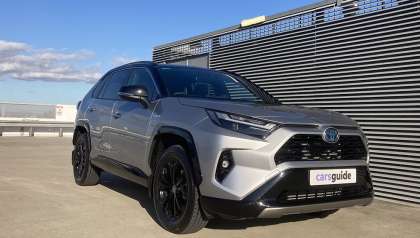The 2024 Nissan X-Trail ePower might just be the most interesting vehicle that I’ve been tasked with reviewing to date.
That’s a bit of a weird thing to say about a mainstream mid-size SUV, right?
Well, despite its family focus, this new-generation model has a lot under the bonnet to wrap your head around – and that’s exactly what I’m planning to do over my next three months of ‘ownership’.
You see, the ePower is the first version of the long-running X-Trail series to feature a hybrid powertrain – but it’s not just any hybrid powertrain. The point of difference here is its series hybrid set-up.
Without getting too technical, much like the series-parallel alternative popularised by some Toyota models, it’s ‘self-charging’.
This means the driver doesn’t have to plug in to charge the onboard battery, like they would with a plug-in hybrid (PHEV) or all-electric (EV) powertrain – but that’s where the similarities end.

Essentially offering an EV-like driving experience, a series hybrid set-up exclusively drives the wheels via its electric motor/s. That means its internal-combustion engine (ICE) effectively acts solely as an intermittent power generator for its onboard battery, which can also be charged via regenerative braking, albeit to a lesser extent.
Of course, the series-parallel alternative can drive the wheels via either its electric motor/s or ICE – or a combination of the two.
Now, Nissan isn’t the first manufacturer to sell series hybrid powertrains. In fact, one of its domestic automotive rivals, Mazda, is about to release overseas its own in the form of the new MX-30 R-EV small SUV.
However, Nissan Australia is attempting to take the technology mainstream with the X-Trail ePower, while the Qashqai ePower small SUV is due to go on sale locally soon.

So, why are series hybrid powertrains all of a sudden on the rise? Well, aside from a point of difference from a marketing perspective, they allow ICEs to theoretically operate at higher fuel efficiency levels and, therefore, produce lower tailpipe emissions.
Also, since the wheels are exclusively electrically powered, the ICE doesn’t need to be as large as it otherwise would’ve been, which brings me nicely to the X-Trail ePower and what it specifically has.
For Australia, the X-Trail ePower only comes with Nissan’s 'e-4orce' all-wheel drive system, meaning two electric motors are split between the front and rear axles, with the former producing 150kW of power and 330Nm of torque, while the latter develops 100kW and 195Nm. Curiously, the combined power output is 157kW. Either way, not bad on paper, hey?

Then there’s the X-Trail ePower’s power generator, which is a 1.5-litre turbo-petrol three-cylinder unit, running on a variable compression ratio and paired with a continuously variable transmission (CVT).
For reference, the ‘regular’ X-Trail drives its wheels via a 135kW/244Nm 2.5-litre naturally aspirated petrol four-cylinder engine. It’s 60 per cent larger in capacity and, therefore, less efficient and more pollutant – and that’s even before you start to take into account the improved operation of the X-Trail ePower’s power generator.
To really spell it out, the regular X-Trail’s fuel consumption on the combined-cycle test (ADR 81/02) is 7.8L/100km, while its carbon dioxide (CO2) emissions are 183g/km.
Those results are bettered by the X-Trail ePower’s claims of 6.1L/100km and 139g/km – but there’s a price to pay for higher fuel efficiency and lower pollution, of course. More on that in a moment.
Worth noting equivalent variants of the X-Trail ePower’s biggest rival, the Toyota RAV4 Hybrid, claim a more impressive 4.8L/100km and 109g/km.

To see how it and the Mitsubishi Outlander PHEV stack up against the X-Trail ePower, be sure to check out Senior Journalist Richard Berry’s recent written and video comparison review of all three here.
But how has the X-Trail ePower performed in my real-world testing? Well, that’s a fascinating question that I’ll answer over the course of this long-term EVGuide review.
In my first month, I averaged 6.7L/100km over 748km of driving. As far as I’m concerned, that’s an impressive result. After all, it’s only 10 per cent higher than Nissan’s claim.
For reference, I typically get returns that are 20 to 30 per cent more, so that’s a big win in my books. Still, though, there’s more to unpack in the two months ahead.
Either way, keep in mind that the X-Trail ePower has a 55L fuel tank that takes 91RON unleaded petrol at minimum, although Nissan recommends 95RON premium.

If you use its claimed fuel consumption to calculate its driving range, you get an impressive result of 902km, which is 197km more than the regular X-Trail can manage.
Point being, the X-Trail ePower is undeniably more fuel efficient, although it will take you some time to make up the difference in purchase price with the lower running costs.
Speaking of which, the X-Trail ePower commands at least a $3200 premium over the regular X-Trail, with three ePower grades available: the ST-L, Ti and Ti-L.
The one I have for this long-term EV Guide review is the Ti, which is priced from $54,690, plus on-road costs. It and the $57,690 Ti-L flagship charge $4200 more than their regular counterparts. But if you want to save some money, there’s always the $49,990 ST-L.
Either way, the X-Trail ePower is impressively equipped, with the tempting ST-L coming with dusk-sensing LED lights, 18-inch alloy wheels, power-folding side mirrors with heating, roof rails, keyless entry and rear privacy glass.

Inside, push-button start, an 8.0-inch touchscreen multimedia system, wired Apple CarPlay and Android Auto, digital radio, a six-speaker sound system, a 7.0-inch multifunction display, dual-zone climate control, heated front seats, an eight-way power-adjustable driver seat and synthetic leather-accented upholstery feature.
Advanced driver-assist systems extend to autonomous emergency braking (with junction assist and pedestrian and cyclist detection), lane-keep and steering assist, adaptive cruise control (with stop and go functionality), traffic sign recognition, high-beam assist, active blind-spot monitoring, rear cross-traffic alert, driver attention alert, rear AEB, surround-view cameras, parking sensors, tyre pressure monitoring and rear occupant alert.

Airbags total seven (dual front, side and curtain plus front-centre), while a tyre repair kit is annoyingly supplied in lieu of a spare wheel.
The Ti on test here adds adaptive LED headlights, rain-sensing wipers, 19-inch alloy wheels, chrome exterior trim, a power tailgate, a panoramic sunroof, a 12.3-inch touchscreen multimedia system, satellite navigation, wireless Apple CarPlay, a 12.3-inch digital instrument cluster, a 10.8-inch head-up display, a digital rear view mirror, a wireless smartphone charger, three-zone climate control, an eight-way power-adjustable passenger seat, genuine leather-accented upholstery and ambient lighting. Deep breath.
But if you want the proverbial burger with the lot, the Ti-L also gets remote start, 20-inch alloy wheels, auto-tilting side mirrors, a hands-free power tailgate, a 10-speaker Bose sound system, a heated steering wheel, memory functionality, heated rear outboard seats, rear sunshades, quilted Nappa leather-accented upholstery and extended ambient lighting. For me, all of that for $3000 more than the Ti is even more tempting.
For reference, our example of the Ti is finished in maroon-like 'Scarlet Ember' solid paintwork, which is a no-cost option.
Metallic colours are available for $700 extra, with a black roof adding another $500. You can also swap out the black leather upholstery of our test vehicle for a light grey alternative, if you so choose.
No matter which grade you opt for, though, the X-Trail ePower comes with Nissan’s five-year/unlimited km warranty, which while on par for the market, is still two years short of the unconditional term offered by several mainstream brands. It does come with a handy five years of roadside assistance, though.

Servicing-wise, the X-Trail ePower’s intervals are every 12 months or 10,000km (whichever comes first), with the distance falling short of the 15,000km offered by some rivals.
That said, the first six services have capped pricing, totalling $3051 over 72 months or 60,000km, which averages out to $508.50 per visit. That’s not too bad given the length of the deal.
Now, in the next instalment of this long-term EVGuide review, I’ll deep-dive the X-Trail ePower’s design and practicality.
And in the third and final part, I’ll share my driving impressions of it and deliver my overall verdict. And again, each time I’ll update you on my fuel consumption results. They’re sure to be enlightening. See you next month!
Acquired: August 7, 2023
Distance travelled this month: 748km
Odometer: 5140km
Average fuel consumption this month: 6.7L/100km
Nissan X-Trail 2024: TI (4WD) E-Power (hybrid)
| Engine Type | Turbo 3, 1.5L |
|---|---|
| Fuel Type | Electric/Pulp |
| Fuel Efficiency | 6.1L/100km (combined) |
| Seating | 5 |
| Price From | $54,690 |
| Safety Rating |
|
Verdict
No Verdict or Score until final instalment
Pricing Guides













.jpg)

































.png)


.jpg)

.jpg)
.jpg)
.jpg)

.jpg)


.jpg)


Comments